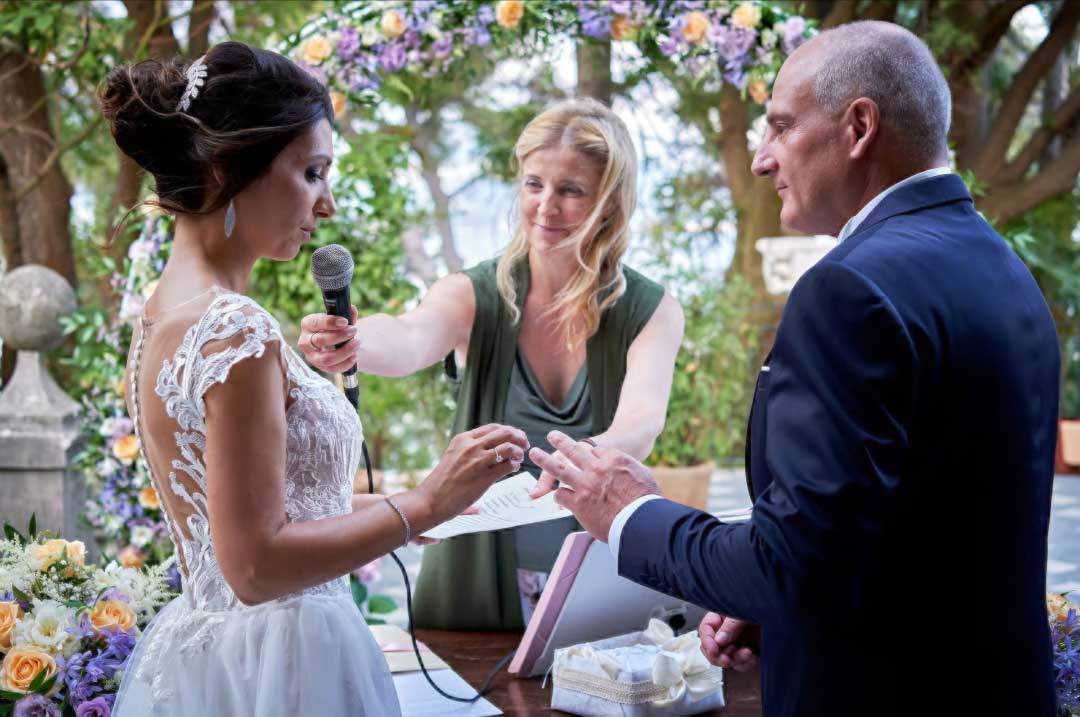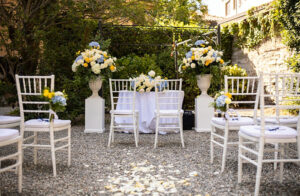The sand ceremony has become increasingly popular in modern weddings as a symbol of unity and eternal love. But what ar the Origins of the Sand Ceremony ? Its roots lie in ancient cultures and spiritual practices, evolving over time into the elegant ritual we know today.
Ancient Origins
Many historians believe that the Origins of the Sand Ceremony originated are from the rituals of Native American tribes, particularly those in the southwestern United States. These tribes used colored sand in intricate artistic creations called mandalas, which held deep spiritual and ceremonial meanings. Each color represented an element of nature or an aspect of life, and the blending of different colors symbolized harmony and balance.
Cultural Influences
Beyond Native American traditions, other cultures have used sand in symbolic contexts. In ancient Hawaiian ceremonies, for example, sand was used to represent the union of families and communities. Two people might collect sand from different beaches and mix it as a sign of their new life together.
The Evolution of the Ceremony
The sand ceremony, as we know it today in weddings, began to spread in the United States in the 1980s. Couples were looking for more personalized alternatives to traditional religious rites, and the sand ceremony offered a visually striking way to symbolize unity.
Symbolism of the Ceremony
During the ceremony, two (or more) participants pour sand of different colors into a single transparent container. This act represents the union of two distinct lives into one, while still maintaining each individual’s uniqueness. Once the sand is mixed, it cannot be separated, symbolizing the strength of the bond created.
Modern Variations
Today, many couples personalize the ceremony by choosing sands that reflect their personal tastes or that come from meaningful places. Some include their children, making the ceremony a symbol of family unity. Others use shells or other natural elements to enhance the ritual.
The Sand Ceremony Around the World
Although the sand ceremony has gained popularity primarily in the West, it is now embraced worldwide. In Asia, for example, some couples incorporate it into traditional weddings to add a modern touch. In Europe, it is often used in outdoor weddings, especially on beaches or coastal locations.
Summing-up
The sand ceremony, with its ancient roots and profound meaning, continues to evolve as a powerful symbol of love and unity. Whether part of a spiritual tradition or a simple symbolic gesture, it remains a ritual capable of touching the hearts of all who participate.
Write to me for more information!
If you wish to celebrate a wedding anniversary and/or a renewal of vows, whether it’s fifty, twenty-five, or even one year of life together, I will take you on with sensitivity and care in this joyful and magical moment.
Call me for a free video call to discover together how to celebrate your wedding anniversary in a special and unforgettable way, just as it deserves.




